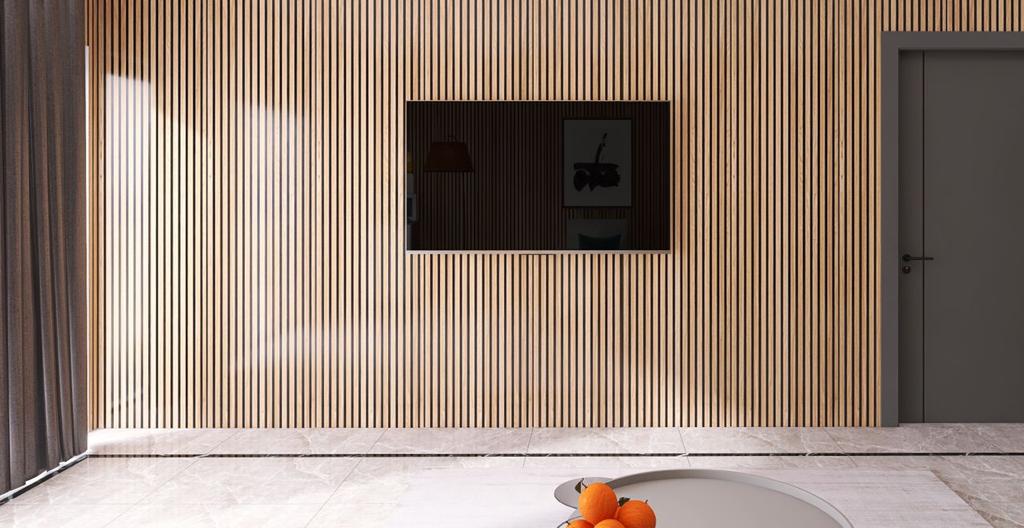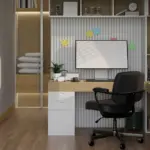The Allure of Wood Panel Walls
There’s something undeniably captivating about wood panel walls. They exude warmth, character, and a timeless elegance that few other materials can match. Whether you’re envisioning a rustic cabin retreat or a sophisticated modern loft, wood paneling offers a versatile and stunning design solution. But with so many options available – from the type of wood to the installation method – choosing the right wood panel walls for your home can feel overwhelming. This comprehensive guide will walk you through everything you need to know, from choosing the perfect panels to ensuring a professional-looking installation.
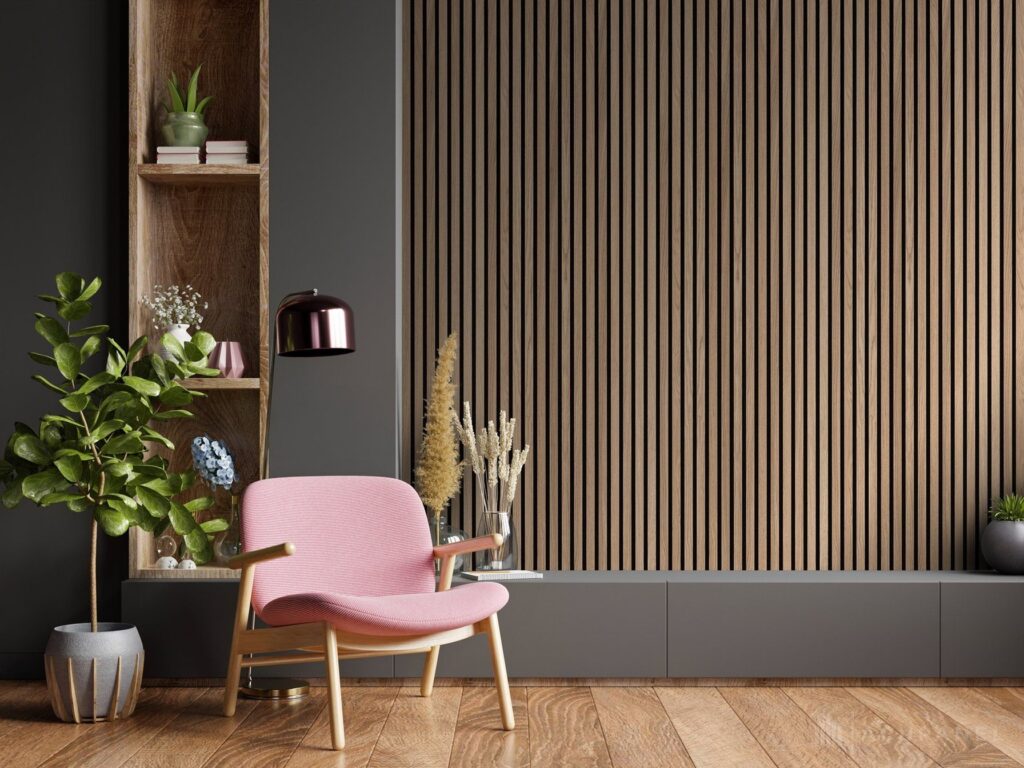
Choosing the Right Wood for Your Panel Walls
The heart of any successful wood panel wall project lies in selecting the appropriate wood. Different species offer unique aesthetic qualities, durability, and price points. Consider these popular choices:
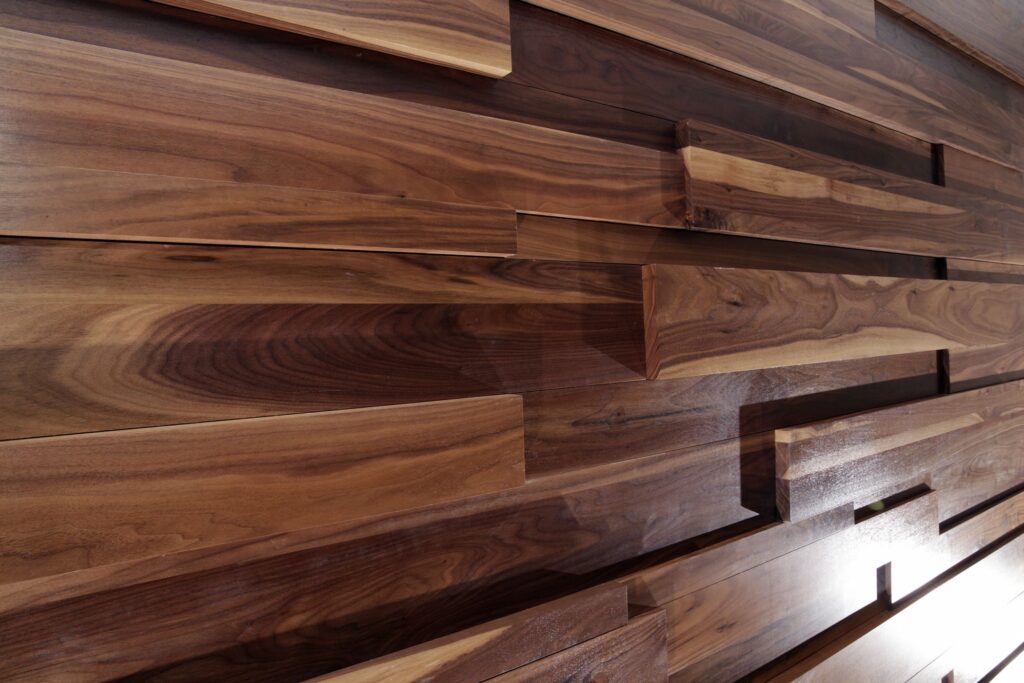
Popular Wood Types for Panel Walls:
- Oak: A classic choice known for its strength, durability, and rich grain patterns. Oak panels offer a luxurious feel and can withstand heavy use, making them ideal for high-traffic areas.
- Pine: A more affordable option with a lighter, brighter appearance. Pine’s versatility makes it suitable for various styles, from rustic to contemporary. It’s relatively soft, so it requires careful handling during installation.
- Walnut: For a sophisticated and opulent look, walnut is hard to beat. Its dark, luxurious grain adds depth and richness to any room. Expect to pay a premium for this high-end wood.
- Cherry: This wood features beautiful reddish-brown tones that deepen with age, lending a warm and inviting ambiance. Cherry is relatively durable but can be more prone to scratches than oak.
- Maple: A harder wood known for its smooth, even grain and light color. Maple is a great option if you’re looking for a clean, modern aesthetic.
Beyond the wood species, you’ll need to consider the finish. Do you prefer a natural, unfinished look, or would you like the panels stained or painted? The finish significantly impacts the overall aesthetic and the level of maintenance required. A clear sealant protects the wood and enhances its natural beauty, while a stain adds color and depth. Painted wood panels offer a completely different look, allowing for greater creative freedom.
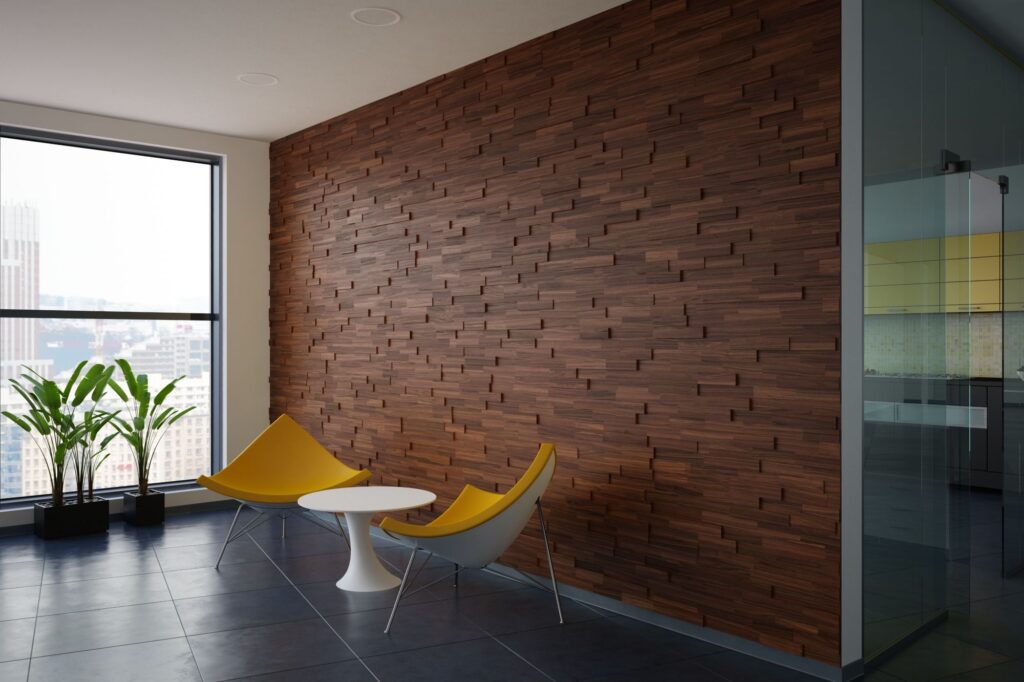
Different Styles of Wood Panel Walls
The beauty of wood panel walls lies in their adaptability. They can be incorporated into diverse design styles, creating dramatically different looks depending on the chosen pattern, finish, and wood type. Here are a few popular styles:

Vertical Paneling:
Vertical wood paneling creates a sense of height and elegance, making ceilings appear taller and rooms feel more spacious. It’s a classic choice that works well in both traditional and contemporary settings.
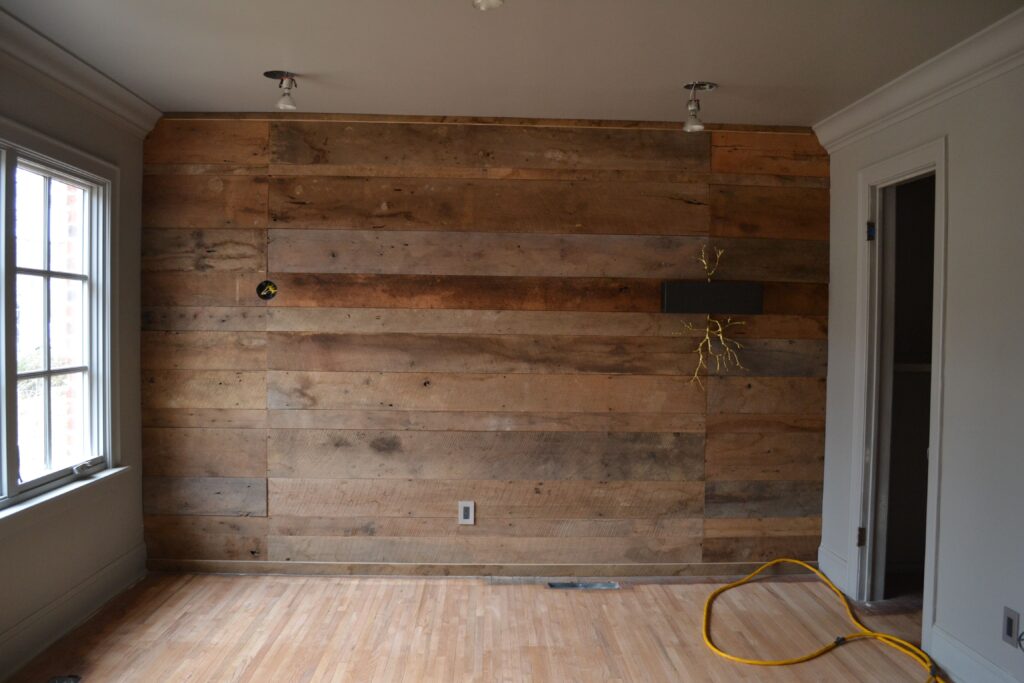
Horizontal Paneling:
Horizontal paneling provides a more grounded and stable feel. It can visually widen a narrow room and adds a touch of rustic charm. The horizontal lines can also create a sense of movement and dynamism.
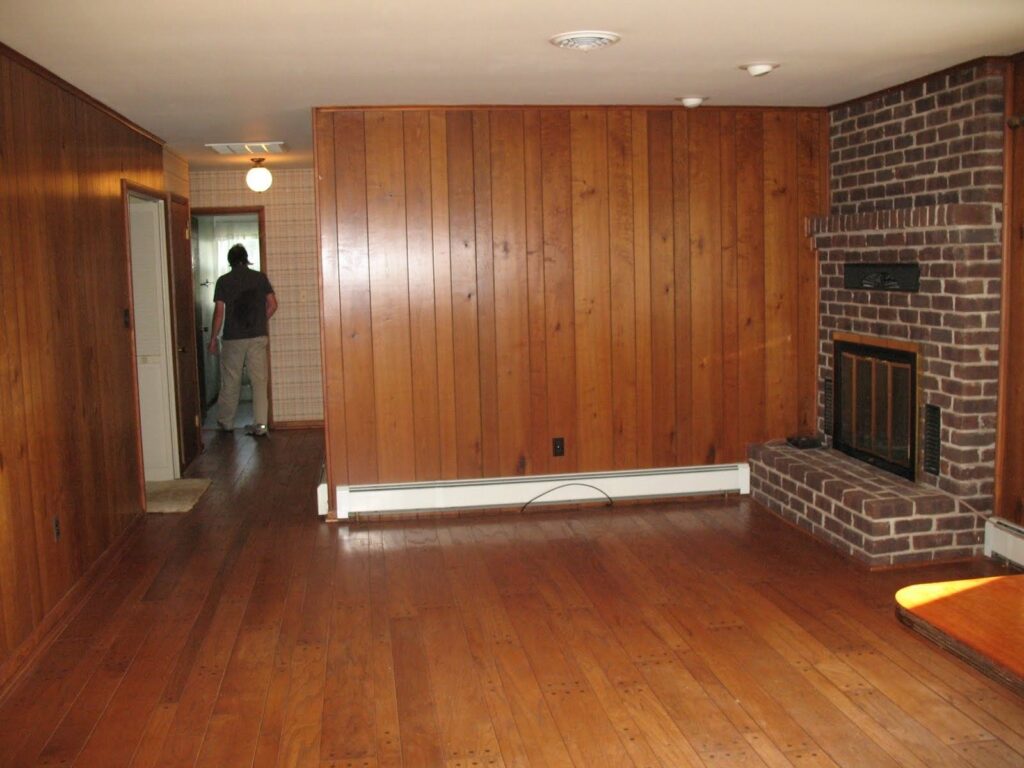
Vertical Shiplap:
Shiplap, with its characteristic narrow, overlapping boards, adds a touch of rustic farmhouse charm. Vertical shiplap, in particular, creates a visually striking effect that complements both modern and traditional interiors.
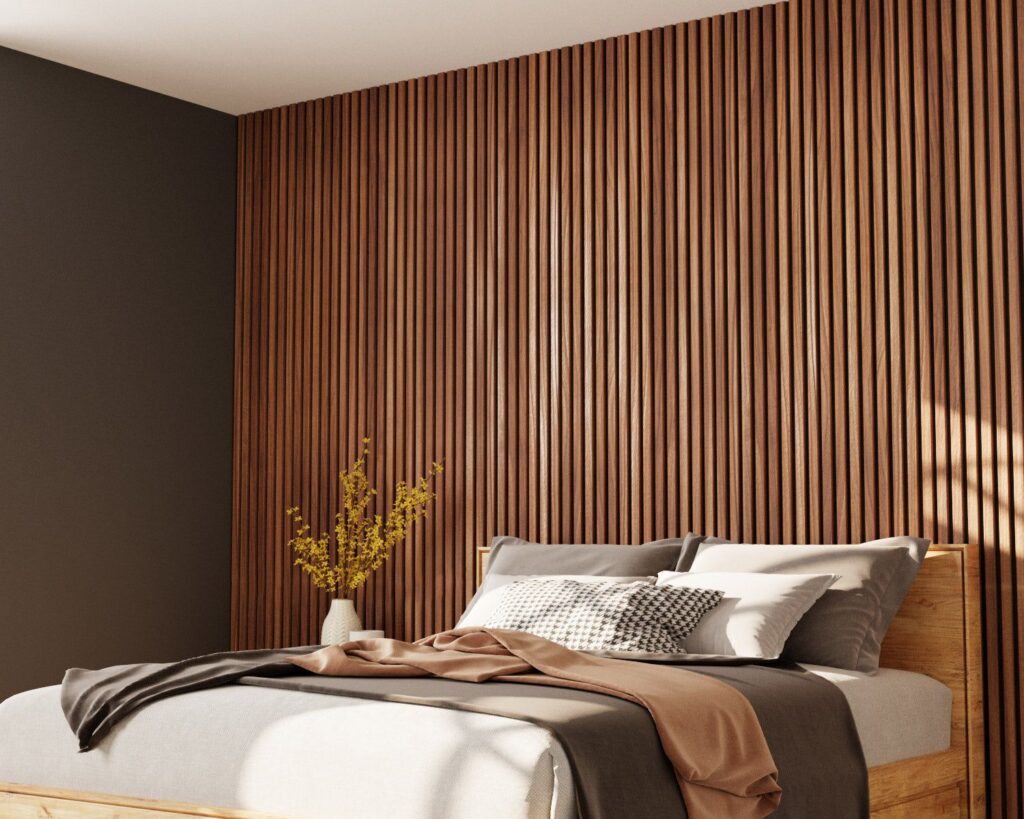
Horizontal Shiplap:
Similar to vertical shiplap, horizontal shiplap offers a rustic aesthetic but with a different spatial impact. It can make a room appear wider and more inviting.

Board and Batten:
Board and batten involves wider vertical boards separated by narrower battens (strips of wood). This classic style provides a clean, structured look with strong vertical lines.

Accent Walls:
Instead of covering an entire room, consider using wood paneling to create a stunning accent wall. This approach adds visual interest without overwhelming the space. A wood-paneled accent wall can become a focal point, drawing attention to a fireplace, artwork, or a specific furniture arrangement.
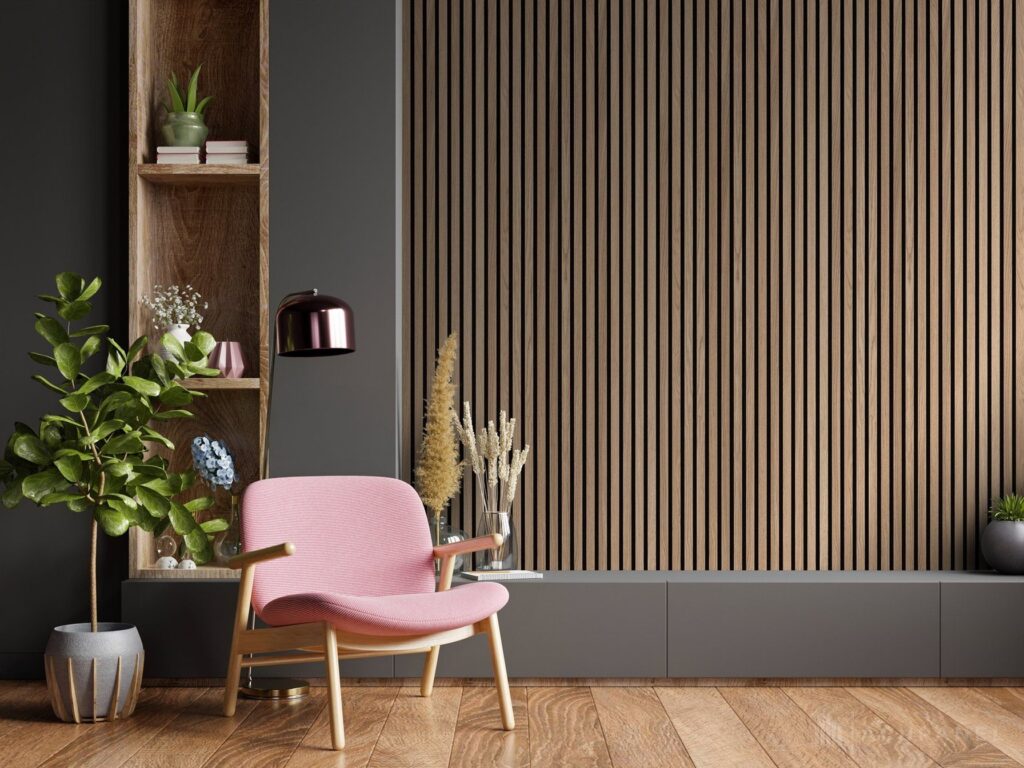
Installation Methods and Considerations
Installing wood panel walls is a project that can be tackled by DIY enthusiasts with patience and the right tools. However, for larger projects or complex designs, hiring a professional installer is often recommended. Here are some key factors to consider:

DIY vs. Professional Installation:
DIY installation offers cost savings but requires time, skill, and the right tools. Professional installation ensures a flawless finish, especially for intricate patterns or large areas. Weigh the pros and cons based on your skills and the complexity of the project.

Tools and Materials:
For a successful installation, you’ll need tools such as a measuring tape, level, saw (circular saw or miter saw for cleaner cuts), nail gun or hammer, adhesive, and finishing nails. Ensure you have the correct materials, including wood panels, underlayment (if needed), and finishing materials such as caulk and paint or sealant.

Preparing the Walls:
Proper wall preparation is crucial for a professional-looking finish. This involves cleaning the surface, repairing any damage, and ensuring the walls are smooth and level. For uneven walls, consider using an underlayment to create a smooth surface for the wood panels.

Maintaining Your Wood Panel Walls
To keep your wood panel walls looking their best, regular cleaning and maintenance are essential. Dust regularly with a soft cloth or feather duster. For more stubborn dirt, use a slightly damp cloth. Avoid using harsh chemicals or abrasive cleaners, as these can damage the finish. For sealed wood, periodic reapplication of sealant may be necessary to maintain protection against moisture and damage.
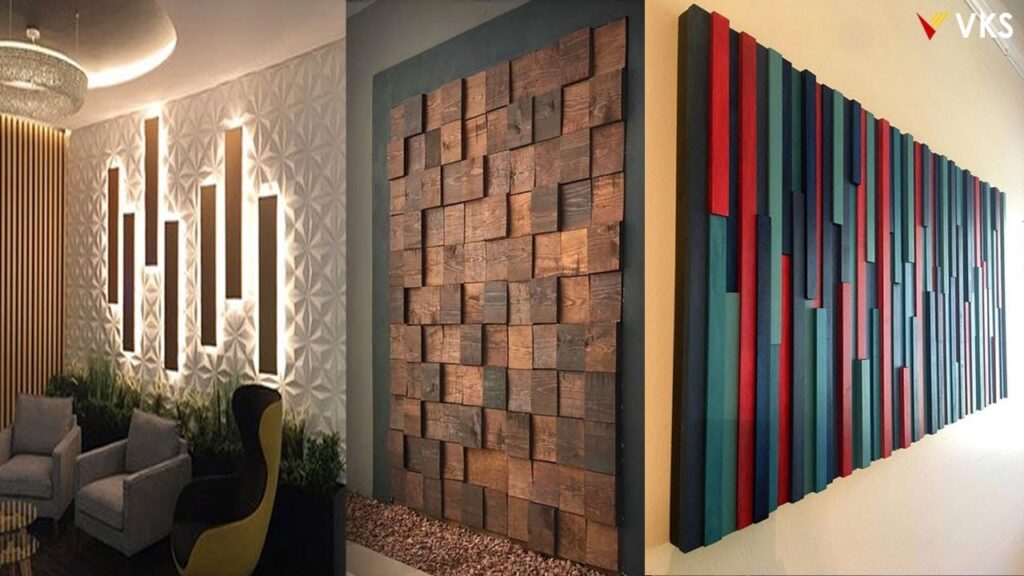
Wood Panel Walls: Enhancing Your Home’s Value and Style
Investing in wood panel walls is not just a cosmetic upgrade; it’s an investment that enhances your home’s value and appeal. The warmth, elegance, and durability of wood paneling create a lasting impression, adding character and sophistication to any space. Whether you choose a rustic, modern, or traditional style, wood panel walls offer a versatile and timeless design solution that transforms ordinary rooms into extraordinary havens. From classic oak to contemporary shiplap, the possibilities are endless, allowing you to express your unique style and create a home that reflects your personality and taste.
